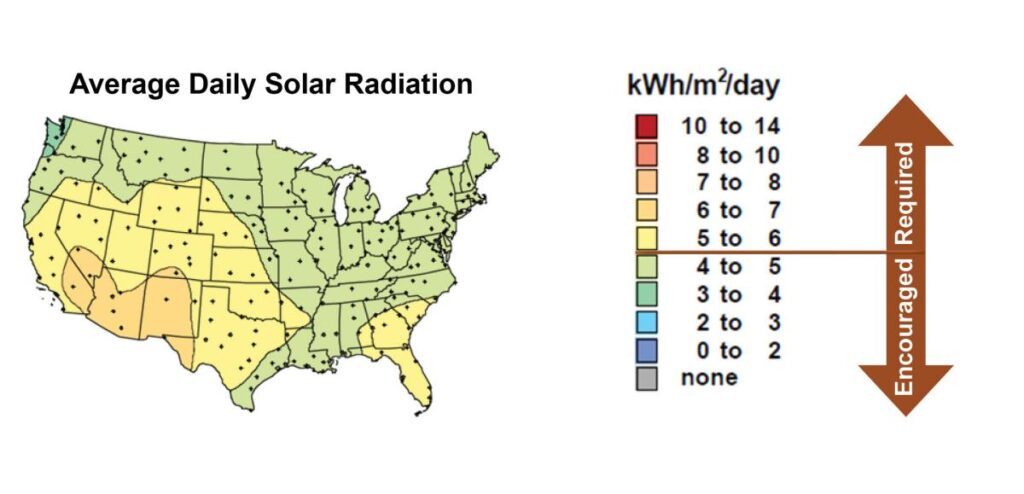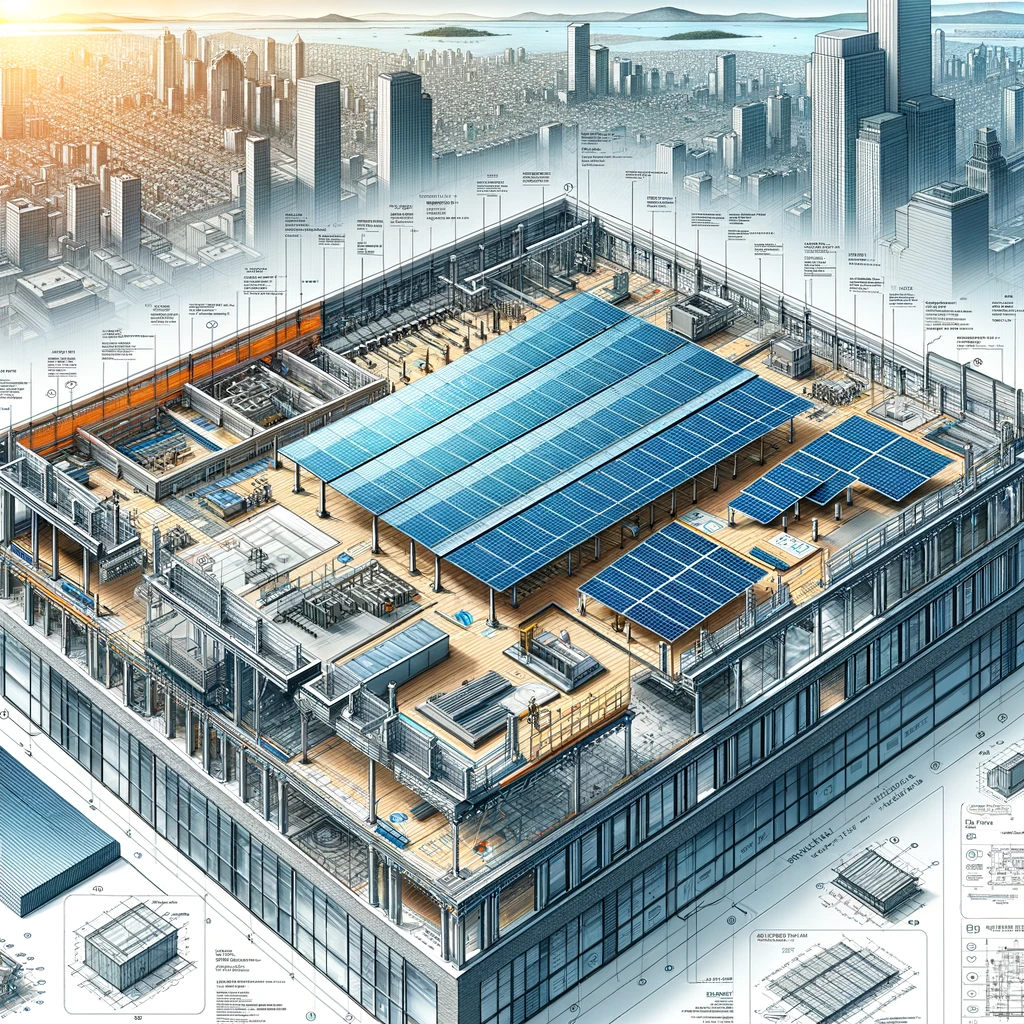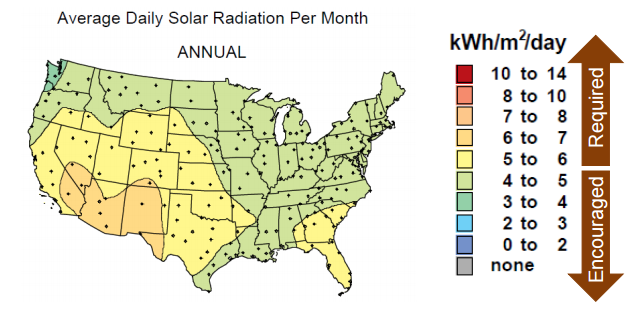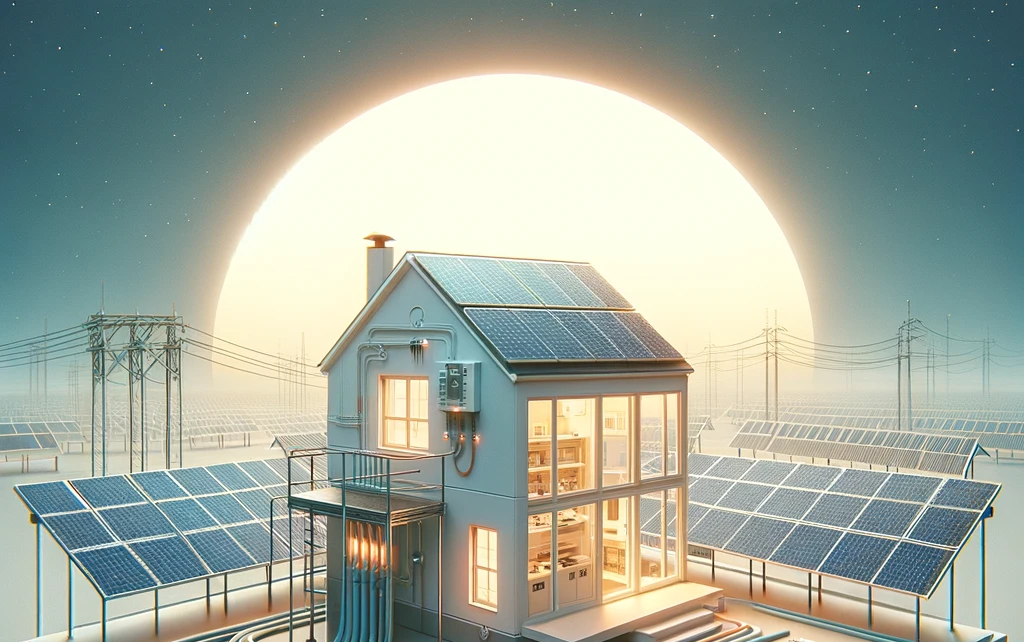As renewable energy sources become increasingly integrated into residential construction, understanding the regulatory landscape surrounding solar photovoltaic (PV) systems is crucial. Whether you’re a homeowner considering solar panels or a builder incorporating solar-ready features into new constructions, compliance with relevant building codes and standards is essential.
Solar Electric Ready Home Equals Solar Electric Ready Future
- Embrace the future of clean energy with solar electric-ready homes.
- Minimal to no disruption or cost penalty with simple, integrated construction details.
- Ensure your home is poised to offset energy consumption with a solar electric system.
Technical Description
- Renewable Energy-Ready Home (RERH)
- Built with essential components for future installation of solar PV panels.
- Includes wiring, plumbing conduit, and other features for seamless integration of solar technologies.
- Mounting Surface Preparation
- Secure plywood panel near the electrical service panel for mounting PV balance of system components.
- Ensure ample space and sturdy backing for inverters, meters, and shut-off switches.
- Conduit installation from designated array location to inverter and electrical service panel.
Description
- Plywood Mounting Surface
- Provides dedicated space for PV system components.
- Enables secure foundation for mounting inverters and other equipment.
- Facilitates future installation by ensuring proper space and support.
- Design Considerations
- Mount plywood sheet to wall studs, positioned 4.5 feet above the floor.
- Choose location free from direct sunlight, heat, or extreme weather conditions.
- Label designated area for balance of system components on electrical and architectural diagrams.
How to Designate Space
- Plan Accordingly
- Designate 4 ft. x 4 ft. space for future balance of system components.
- Label area with waterproof signage for homeowner reference.
- Record location on floor plan for clear documentation.
Ensuring Success
- Early Planning
- Allocate utility room space during house design for PV and water heating system components.
- Confirm compliance with local codes and regulations.
- Protect components from moisture, high temperatures, and direct sunlight.
Climate Considerations for Solar PV Systems

- DOE Zero Energy Ready Home PV-Ready Checklist
- Location-specific requirements based on solar radiation levels.
- Ensure free roof area for PV system installation.
Compliance Requirements for Solar PV Systems
DOE Zero Energy Ready Home (Revision 07):
- Install a 1” metal conduit for DC wire run from array location to inverter location.
- Install a 1” metal conduit from inverter location to electrical service panel.
- Install and label a 4’ x 4’ plywood panel area for mounting inverter and balance of system components.
- Alternatively, blocking may be used as an alternative to the plywood panel.
- Install a 70-amp dual pole circuit breaker in the electrical service panel for PV system use.
- Ensure compliance with DOE Zero Energy Ready Home National Program Requirements, including solar radiation, shading, and roof area criteria.
International Energy Conservation Code (IECC):
- Section 401.3: A permanent certificate listing equipment types and efficiencies, insulation R values, and window U and SHGC factors must be posted near the electrical distribution panel.
- Retrofit (2009, 2012, 2015, 2018, and 2021 IECC):
- Section R101.4.3 (2009 and 2012): Additions, alterations, renovations, or repairs must conform to the code, without requiring compliance from unaltered portions.
- Chapter 5 (2015, 2018, 2021): Provisions of this chapter control the alteration, repair, addition, and change of occupancy of existing buildings and structures.
International Residential Code (IRC):
- Solar Water Heating Systems (2009, 2012, 2015, 2018, and 2021 IRC):
- Follow requirements outlined in IRC Section M2301 for solar energy systems.
- Retrofit projects must adhere to Section R102.7.1 for additions, alterations, or repairs, ensuring compliance without requiring unaltered portions to meet code requirements.
- Appendix J: Regulates repair, renovation, alteration, and reconstruction of existing buildings to encourage continued safe use.
International Mechanical Code (IMC):
- Adhere to IMC Chapter 14 for solar water heating system requirements.
National Electric Code (NEC):
- Follow NEC requirements for solar PV systems outlined in Article 690 and Article 110.
Ensure compliance with these codes and standards for safe and efficient installation of solar PV systems.
Conclusion
Prepare your home for the future of clean energy with proper mounting surfaces for solar PV systems. Ensure compliance with industry standards and codes for seamless integration and optimal performance. Embrace the power of solar energy and take a step towards a sustainable future.
For immediate service or consultation, you may contact us at Allied Emergency Services, INC.
Contact Information:
- Phone: 1-800-792-0212
- Email: Info@AlliedEmergencyServices.com
- Location: Serving Illinois, Wisconsin, and Indiana with a focus on the greater Chicago area.
If you require immediate assistance or have specific questions, our human support is readily available to help you.
Disclaimer: This article is intended for informational purposes only. For professional advice, consult experts in the field.
![How Much Does a New Roof Cost in Illinois? [2024 Pricing Guide]](https://www.news.alliedemergencyservices.com/wp-content/uploads/2024/05/DALL·E-2024-05-07-15.14.25-A-professional-roofing-contractor-inspecting-a-roof-in-the-foreground-of-a-picturesque-suburban-neighborhood-in-Illinois.-The-contractor-is-wearing-a--150x150.webp)







